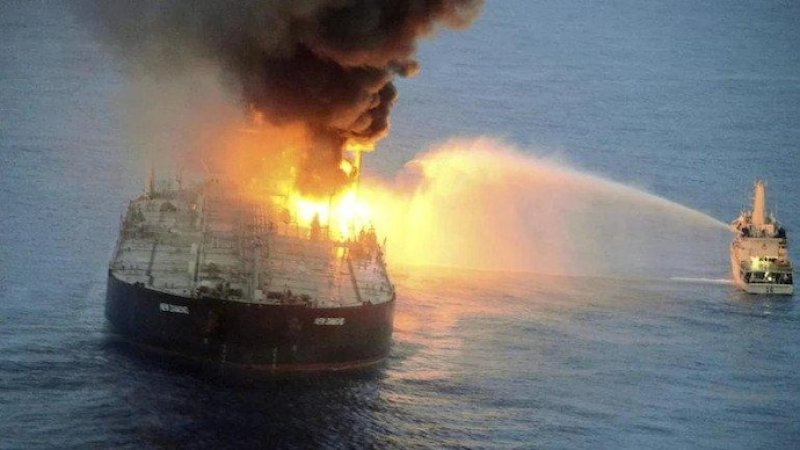
Sri Lanka Faces Maritime Pollution Crisis

The initiative utilizes advanced satellite technology to monitor and analyze incidents of pollution, and the findings are startling. In total, MEPA reported 115 pollution events in just 12 months, suggesting a worrying trend in ocean health.
Project Manager Oliver Germane highlighted that, on average, every satellite image captured presents over a 50% chance of detecting pollution.
The scale of the pollution is significant, with an estimated total of over 6 million liters of pollutants released into Sri Lankan waters. This translates to roughly 500,000 liters each month—an amount comparable to the pollution caused by the infamous X-Press Pearl incident in May 2021, which alone released approximately 350,000 liters into the marine environment.
The satellite project has also identified potential polluters in 26 cases, prompting MEPA to consider further action against those responsible. Germane expressed surprise among stakeholders regarding the prevalence of pollution, emphasizing the need for immediate measures to protect Sri Lanka’s fragile marine ecosystem.
With recent shipwrecks, such as the New Diamond and X-Press Pearl, causing extensive environmental damage, the urgency for improved maritime regulations and monitoring has never been clearer.
As Sri Lanka grapples with these challenges, the findings from this project are expected to play a crucial role in safeguarding the nation’s waters.


